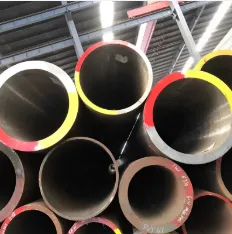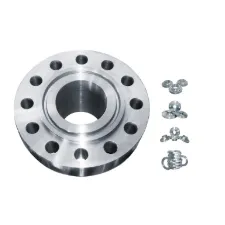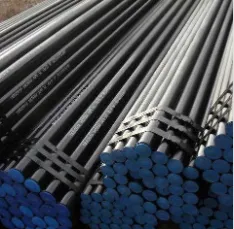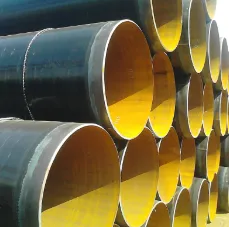

4. Duplex Stainless Steel Pipes Combining the best features of austenitic and ferritic stainless steels, duplex pipes exhibit enhanced strength and excellent resistance to pitting and stress corrosion cracking. The dual-phase structure (a mixture of austenite and ferrite) offers significant advantages in chemical processing, petrochemical, and oil and gas industries where exposure to highly corrosive substances is common. This type of stainless steel typically contains higher nitrogen levels, which improves yield strength and makes them preferable for pressure vessels and structural applications. 5. Precipitation-Hardening Stainless Steel Pipes This category is recognized for their high strength achieved by heat treatments, while maintaining moderate corrosion resistance. Grades like 17-4 PH offer an excellent combination of mechanical properties and can be found in aerospace components, where dimensional stability under high stress is key. This versatility makes them an authoritative choice in both aerospace and nuclear industries, where trust in material integrity is paramount. Choosing the correct type of stainless steel pipe for specific conditions is essential for efficiency and longevity. When improper selections are made, it could lead to premature failures, increased operational costs, or safety hazards. Therefore, a comprehensive understanding of the environmental demands, chemical exposure, and mechanical requirements is required to match the application with the right grade of stainless steel. Furthermore, leveraging professional consultation can greatly assist industries in making informed choices in pipe selection. Experts in metallurgical science or industrial applications can provide insights and tailored recommendations that consider all critical factors, including future maintenance reductions and overall cost efficiencies. When considering design and installation, stainless steel's workability should also be noted. Austenitic types, for instance, are remarkably ductile but can require specialty welding techniques to maintain corrosion resistance at weld joints. On the contrary, ferritic steels, while less costly, may not exhibit the needed pliability, and additional considerations may be necessary for fabrication. In conclusion, the diverse variants of stainless steel pipes are a testament to modern metallurgy's achievements in meeting industrial challenges. Harnessing the expertise and knowledge contained within their specialized characteristics can lead to optimized operations, reflecting not only an authoritative understanding but fostering a trustworthy partnership between stainless steel manufacturers and end-users.
Post time: فوریه . 07, 2025 04:33















